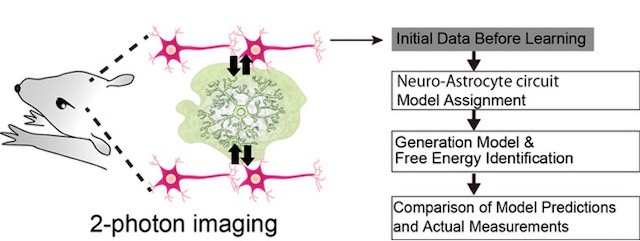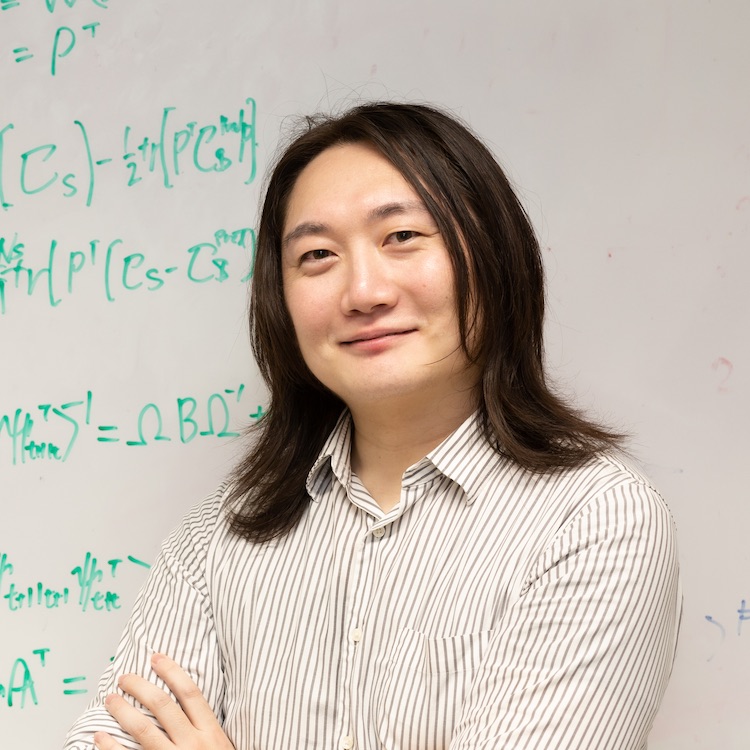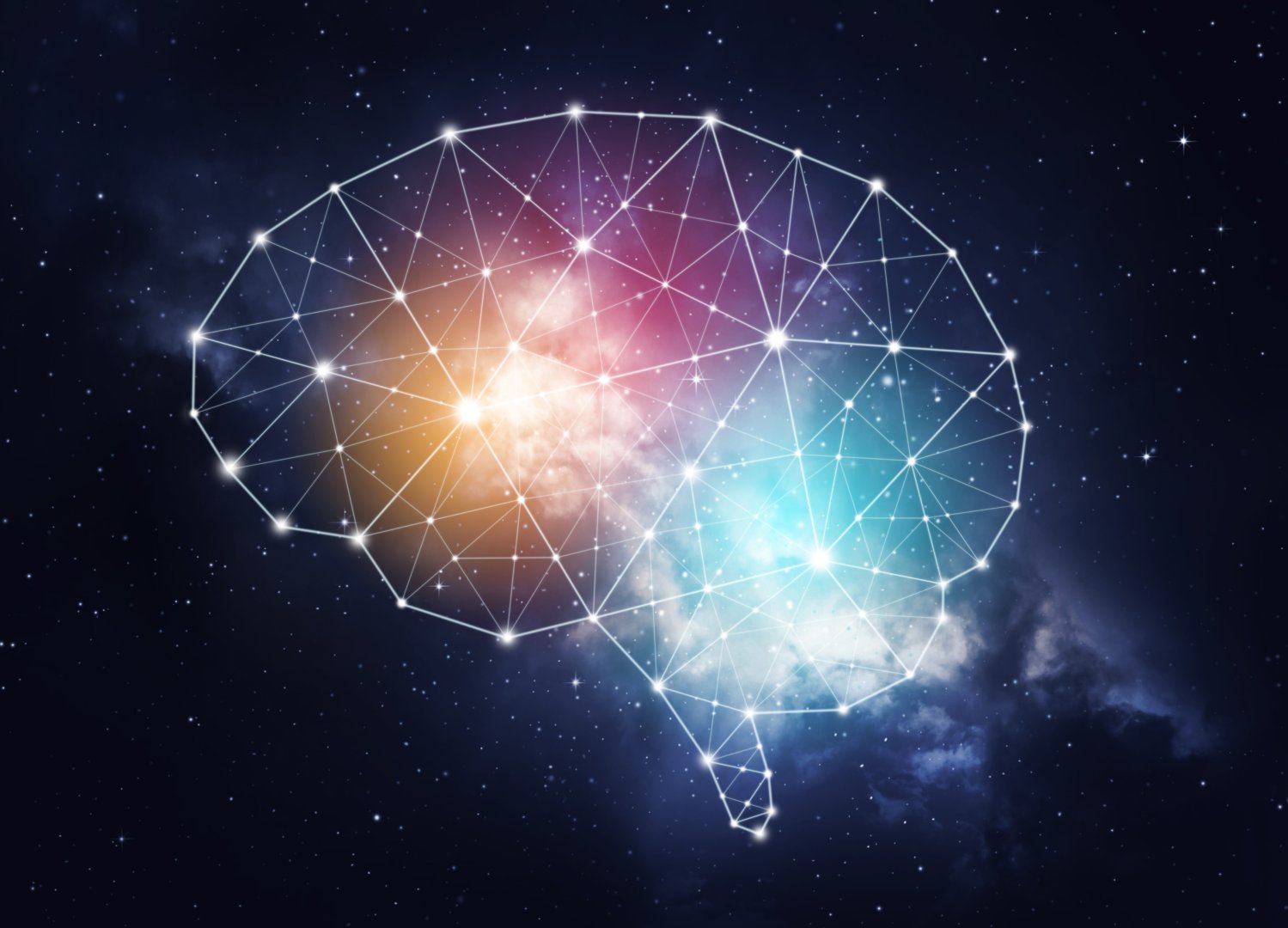C02 Theory of prediction based on glia-neuron circuits dynamics
Neural information processing is supported by millisecond-scale neural activity and synaptic transmission. In contrast, astrocytes, a major type of glia (non-neuronal brain cells), do not propagate electrical signals and early studies did not resolve their structure specification for signal transmission and modulation. Consequently, it was traditionally believed that information processing in the brain relies solely on neural activity. However, recent studies have revealed that astrocytes display Ca2+ signals on a scale of several seconds in response to sensory input and behavior, which is much slower than neurons do. An open question is how exactly the slow Ca2+ signals modulate information processing and, ultimately, animal behavior.
In this study, we aim to elucidate the significance of astrocytes’ slow signals, spanning several seconds, in information processing by performing Ca2+ imaging using two-photon laser scanning microscopy on mice undergoing learning tasks. Specifically, we will measure how astrocytes and neurons respond to fundamental brain functions such as sensory input, reward prediction, and behavior control. By modeling the data on glial-neuronal circuit dynamics and comparing the predicted changes with experimental data, we seek to validate the model’s accuracy and establish a new theoretical model that incorporates glial cell activity.


Principal investigator: Jun Nagai
Team Leader, RIKEN Center for Brain Science, Laboratory for Glia-Neuron Circuit Dynamics

Collaborator: Teppei Kanya
JSPS fellow PD, RIKEN Center for Brain Science, Laboratory for Glia-Neuron Circuit Dynamics

Collaborator: Takuya Isomura
Unit Leader, RIKEN Center for Brain Science, Brain Intelligence Theory Unit
